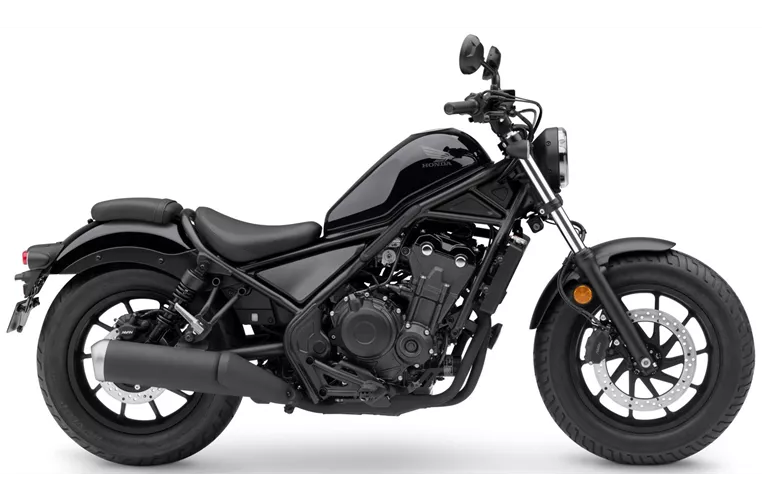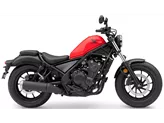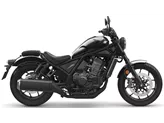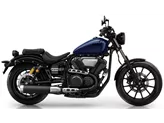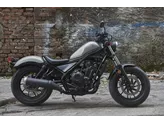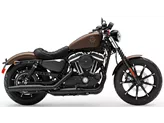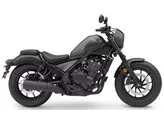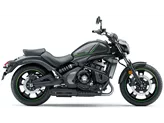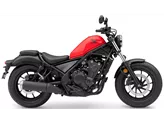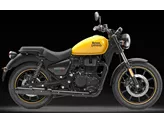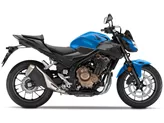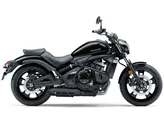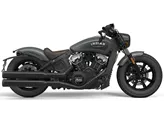Kawasaki Vulcan S 2020 vs. Honda CMX500 Rebel 2020
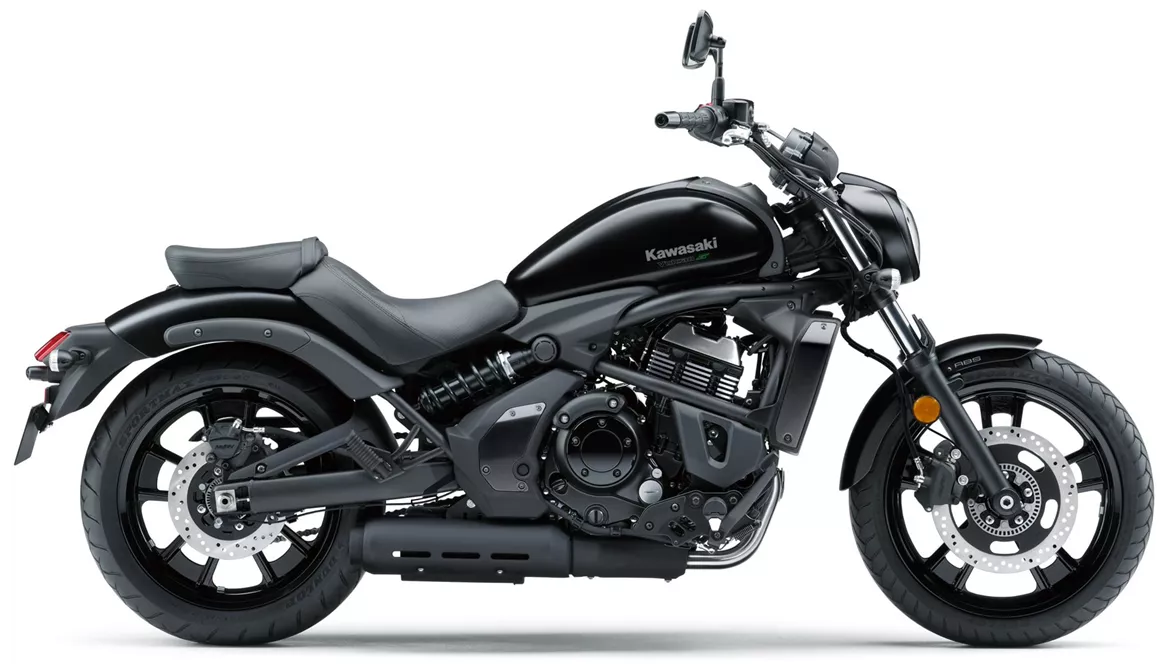
Kawasaki Vulcan S 2020

Honda CMX500 Rebel 2020
Overview - Kawasaki Vulcan S 2020 vs Honda CMX500 Rebel 2020
The Kawasaki Vulcan S 2020 and the Honda CMX500 Rebel 2020 are both chopper/cruiser motorcycles that offer unique features and capabilities.
Starting with the technical specifications, both bikes have an in-line engine type and use a chain transmission. However, there are some differences in the engine specifications. The Vulcan S has a larger bore of 83 mm compared to the Rebel's 67 mm, resulting in a higher engine power of 61 HP compared to the Rebel's 46 HP. The Vulcan S also has a higher torque of 63 Nm compared to the Rebel's 44.6 Nm. In terms of displacement, the Vulcan S has a larger engine with 649 ccm compared to the Rebel's 471 ccm.
In terms of chassis, both bikes have a steel frame, providing stability and durability. The Vulcan S has a slightly larger front tire width of 120 mm compared to the Rebel's 130 mm. However, the Rebel has a smaller front tire diameter of 16 inches compared to the Vulcan S's 18 inches. Both bikes have the same rear tire width of 160 mm, but the Rebel has a smaller rear tire diameter of 16 inches compared to the Vulcan S's 17 inches. The Vulcan S also has a longer wheelbase of 1575 mm compared to the Rebel's 1488 mm.
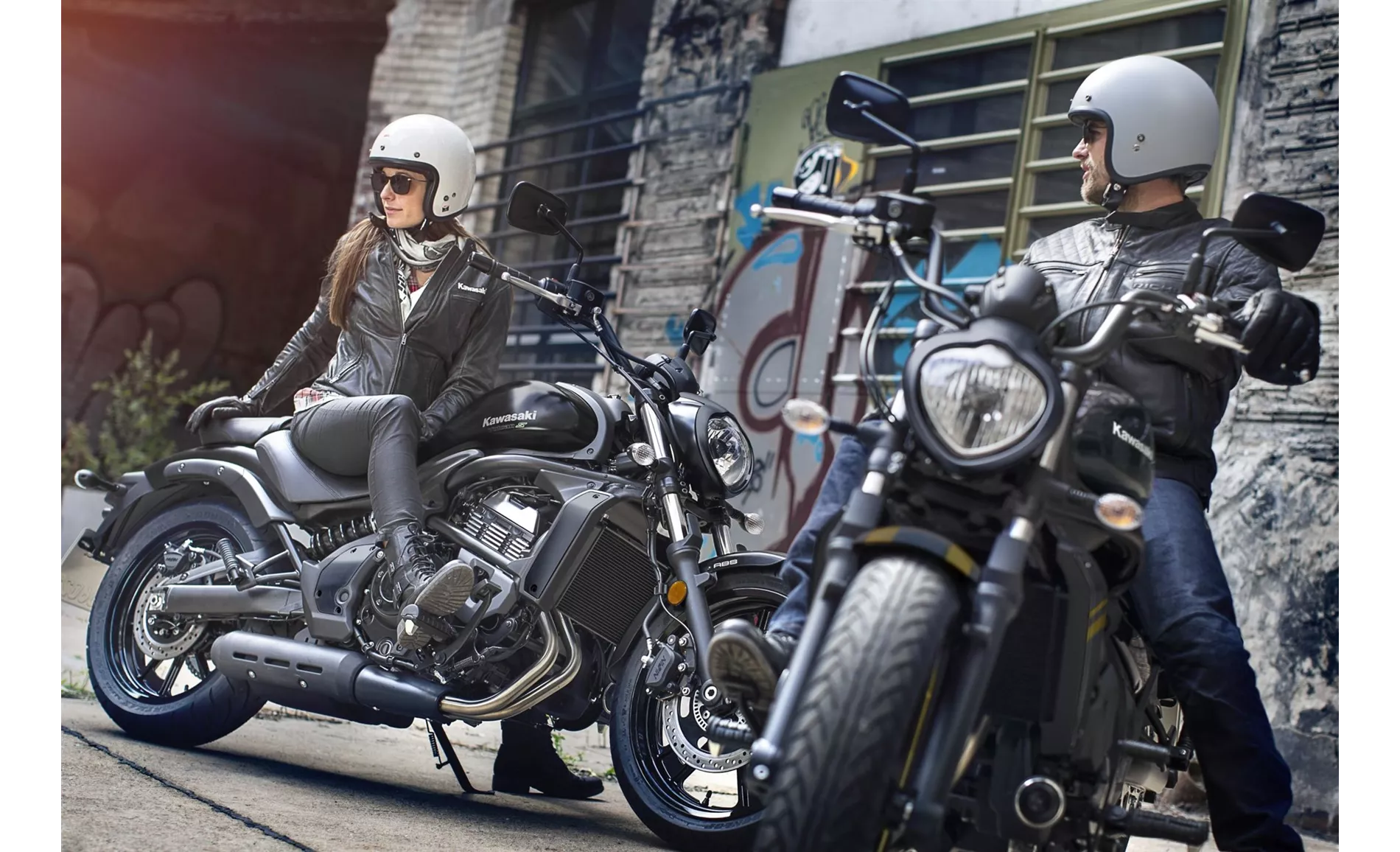
Kawasaki Vulcan S 2020
In terms of dimensions and weights, the Vulcan S has a higher seat height of 705 mm compared to the Rebel's 690 mm. The Vulcan S also has a higher kerb weight of 228 kg compared to the Rebel's 190 kg. However, the Rebel has a smaller fuel tank capacity of 11.2 liters compared to the Vulcan S's 14 liters.
Moving on to the strengths of each bike, the Vulcan S has a powerful engine, providing a thrilling riding experience. It also has a chassis tuning with sporty Kawasaki DNA, allowing for agile and responsive handling. The Vulcan S offers a real cruiser seating position, ensuring comfort during long rides. The bike also features an easy-to-read display, providing clear information to the rider. Additionally, the Vulcan S has potential in tuning, allowing riders to customize and personalize their bike to their liking.
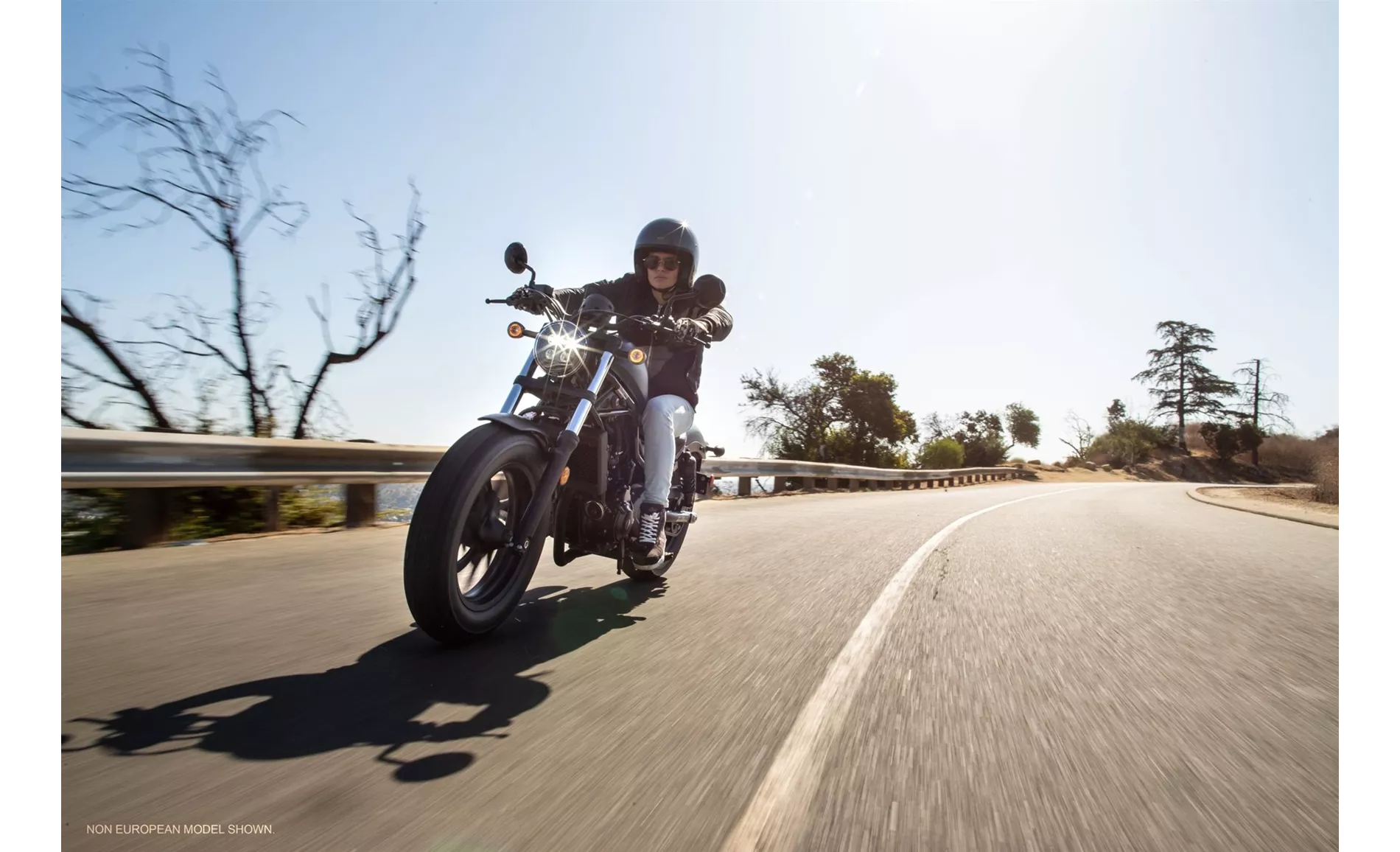
Honda CMX500 Rebel 2020
On the other hand, the Rebel has compact dimensions, making it easy to maneuver in tight spaces. It offers reasonable performance, providing a balance between power and efficiency. The Rebel has lively handling, allowing for nimble and agile riding. It also has a cool look with lots of custom potential, allowing riders to express their individual style. The Rebel received a successful facelift for 2020, enhancing its overall appeal.
However, both bikes have their weaknesses. The Vulcan S's appearance may be considered a little outdated by some riders. It also has moderate wind protection, which may be a concern for riders who frequently ride at high speeds. On the other hand, the Rebel may be too compact for tall pilots, potentially causing discomfort during long rides. The readability of the Rebel's display may also be an issue for some riders. Additionally, the front brake of the Rebel requires too much hand force, which may be tiring for riders during prolonged use.
In conclusion, the Kawasaki Vulcan S 2020 and the Honda CMX500 Rebel 2020 are both chopper/cruiser motorcycles with their own unique strengths and weaknesses. The Vulcan S offers a powerful engine, sporty handling, and potential for customization. The Rebel, on the other hand, offers compact dimensions, reasonable performance, and a cool look. Riders should consider their preferences and priorities to choose the bike that best suits their needs.
Technical Specifications Kawasaki Vulcan S 2020 compared to Honda CMX500 Rebel 2020
Pros and Cons in comparison
Pros and Cons in comparison
Kawasaki Vulcan S 2020

No matter which platform Kawasaki puts the 650 cubic two-cylinder in, the result is always a great motorbike! Even though the engine is unusually rev-happy for a cruiser, it results in a cruiser that actually qualifies as a sports cruiser when paired with the sporty chassis set-up. The only brake is the limited lean angle clearance, but this will not deter lovers of hearty footrest grinding. With such a good bike, we hope that Kawasaki will follow suit - after all, the Vulcan S has been with us almost unchanged since 2015.
Honda CMX500 Rebel 2020
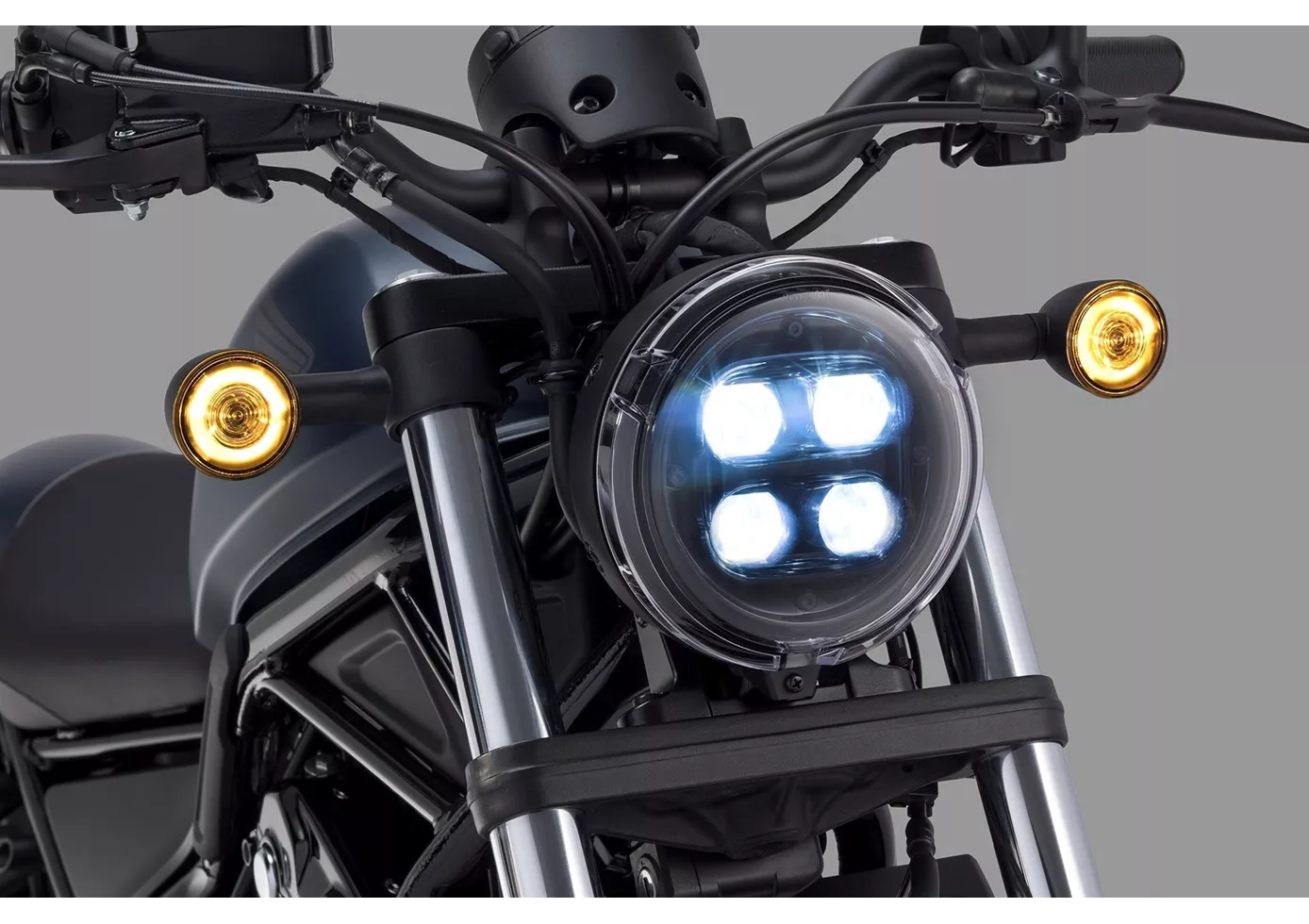
It is always fascinating how much riding fun Honda has packed into the small Rebel 500. The technology is familiar thanks to the modular system and should - typically for Honda - last forever. Now, with the update for 2020, the little Rebel presents itself cooler than ever, because LED lighting and the optional Special Edition with quilted seat make it a cool custom cruiser ex works. Only the front brake could use more lard and the engine is a little characterless, even compared to the direct competition. Nevertheless, it is and remains a real insider's tip for cruiser lovers!
Price Comparison Avarage Market Price Kawasaki Vulcan S vs Honda CMX500 Rebel
There are a few key differences between a Kawasaki Vulcan S 2020 and a Honda CMX500 Rebel 2020. In terms of price, the actual average price of a Kawasaki Vulcan S 2020 is about 22% higher. Compared to Honda CMX500 Rebel 2020 there are more Kawasaki Vulcan S 2020 bikes available on the 1000PS.de Marketplace, specifically 15 compared to 11. It takes less time to sell a Honda CMX500 Rebel with 50 days compared to 92 days for the Kawasaki Vulcan S. Since model year 2015 1000PS.de editors have written 13 reviews for the Kawasaki Vulcan S and 16 reviews for the Honda CMX500 Rebel since model year 2017. The first review for the Kawasaki Vulcan S was published on 10/16/2014 and now has more than 14,800 views. This compares to more than 150,600 views for the first review on Honda CMX500 Rebel published on 4/3/2017.

